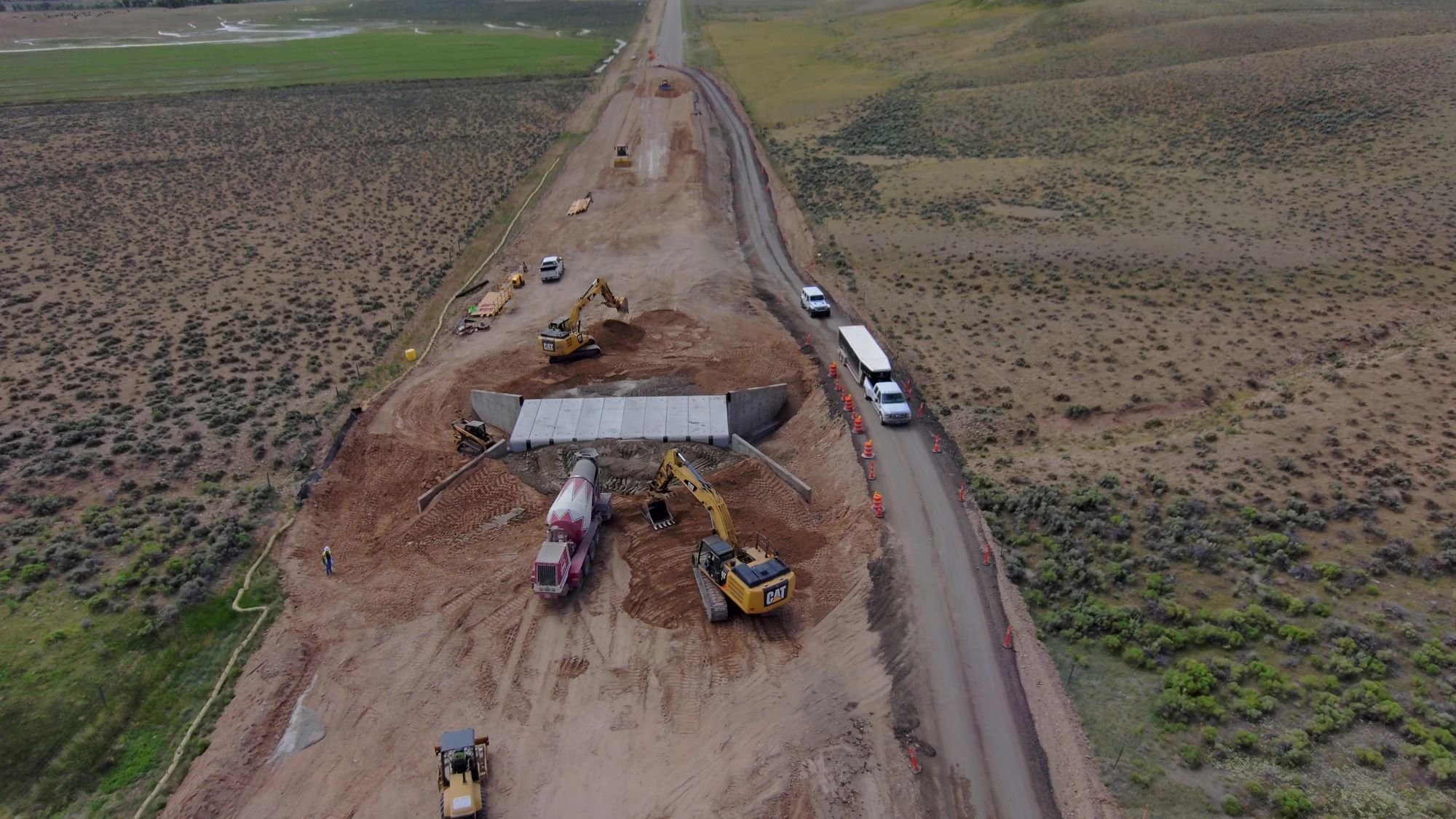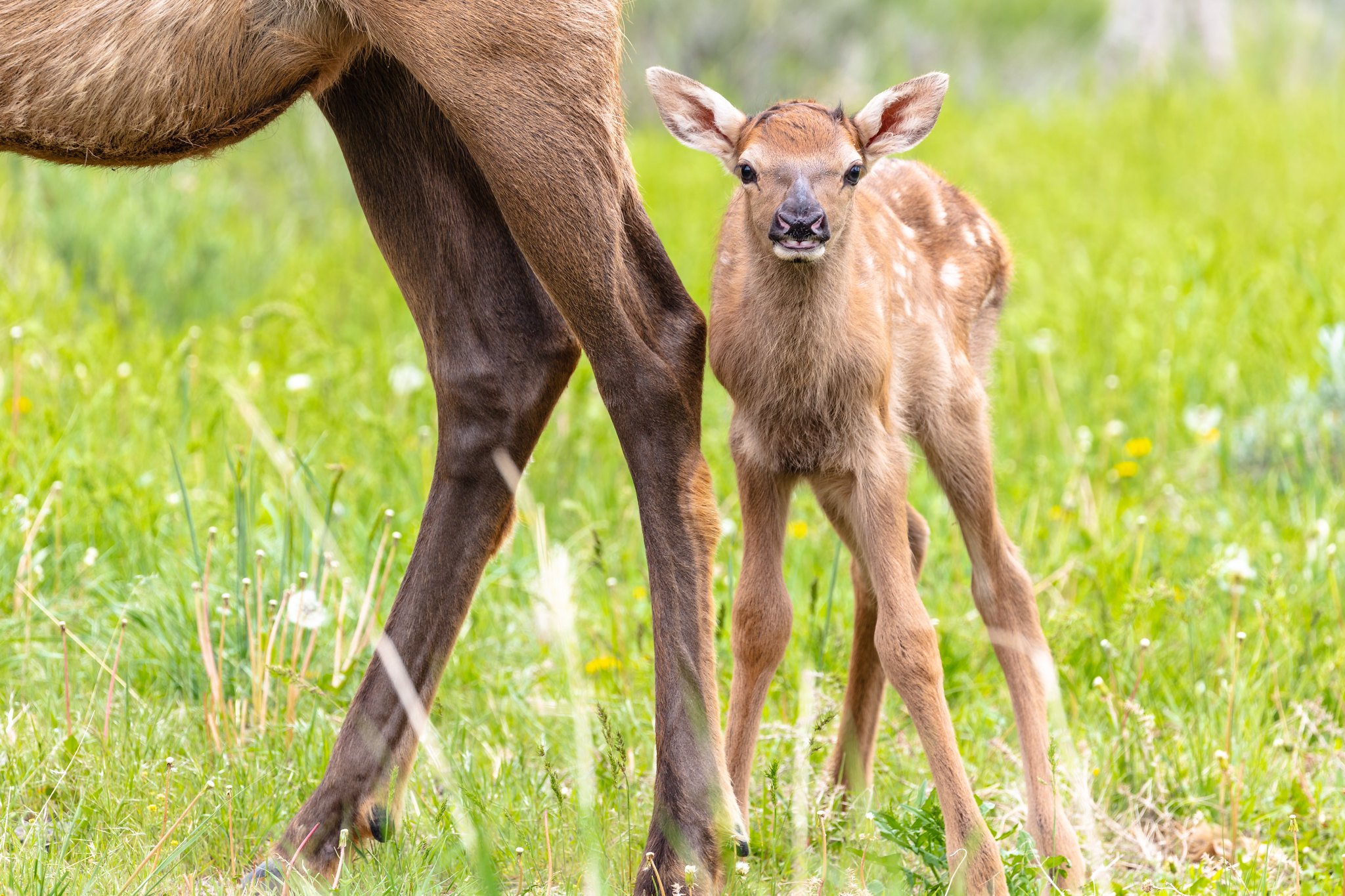
Securing Wildlife Crossings
Wildlife crossings are a worthy investment in the future of communities, wildlife, and the safety of people in the Greater Yellowstone Ecosystem.
At the Greater Yellowstone Coalition, we work with partners across the ecosystem and our supporters to help raise the funds needed to implement wildlife crossing projects.
Healthy, robust herds of elk, mule deer, big horn sheep, moose, and pronghorn are treasured by residents and visitors of the Greater Yellowstone Ecosystem. As they move across the landscape, they are a symbol of the wide-open space and undeveloped lands that make this region so remarkable. Part of keeping these herds healthy is preserving their ability to move within and across the ecosystem; however, they increasingly face barriers that prevent and disrupt their ability to access the habitat required to support their daily and seasonal needs.
Roadways create significant barriers for wildlife as they traverse the landscape during daily movements and seasonal migrations. Individual animals dying from collisions with vehicles is a harsh reality, but the greater threat is entire herds being cut off from their seasonal ranges. When wildlife cannot reach food and water because of barriers such as roads, herd populations can significantly decline. Animals attempting to cross roadways also pose a major threat to human safety. Wildlife-vehicle collisions are dangerous and costly for people and wildlife alike.

Why wildlife crossings?
Wildlife crossing structures reduce wildlife-vehicle collisions, allow wildlife to retain access to vital habitat, reduce habitat fragmentation, and make roads safer for wildlife and people.
We work with our partners across the region to advocate for and leverage diverse funding opportunities to implement wildlife crossing projects. Over the years, we have supported agencies in securing grant funding, successfully advocated for tourism dollars to be put towards wildlife crossings, raised awareness about federal funding opportunities, and contributed funding directly and via partnerships with private foundations to support wildlife crossings. Investing in wildlife crossing structures is an investment in preserving the communities, wildlife, and people that make the Greater Yellowstone Ecosystem remarkable.
Projects and Partnerships:
Dry Piney Wildlife Crossing Structures
Wildlife Crossings in Teton County, Wyoming
Funding from the Wyoming Wildlife & Natural Resource Trust Fund (WWNRT)
Rocky Point Project in Idaho
Photo: Dry Piney construction - WYDOT; Mule deer - Mark Gocke; Snake River Bridge construction - Snake River Fund; Trail cam - Idaho Fish and Game





